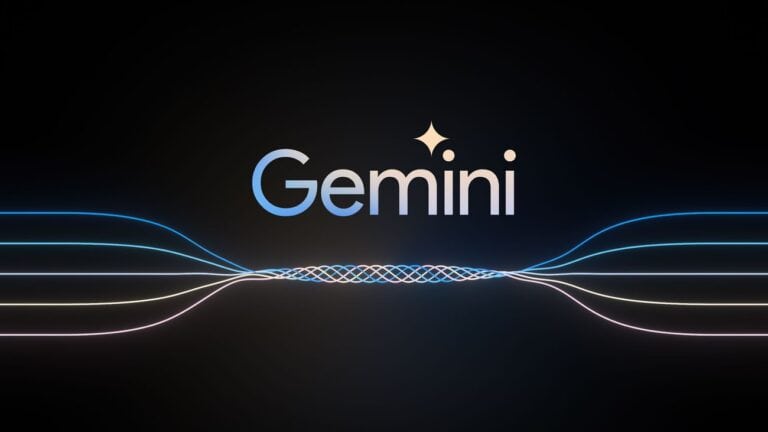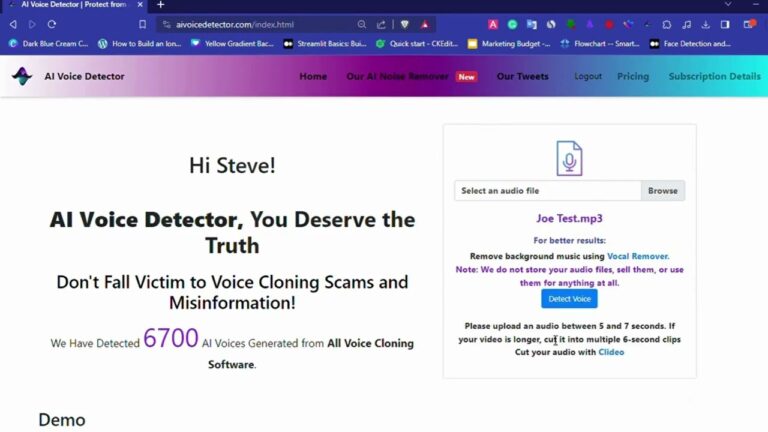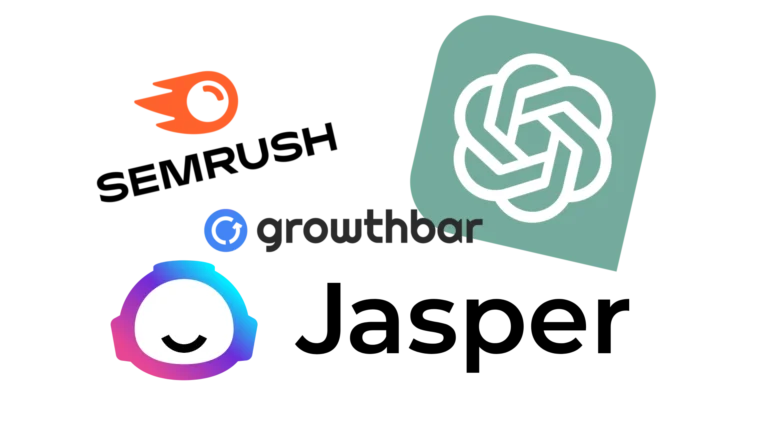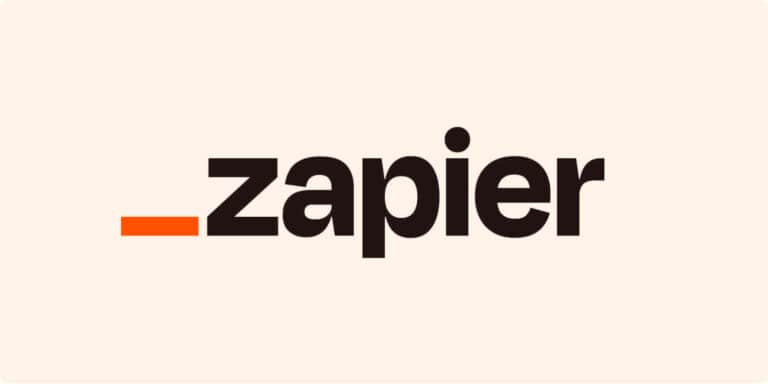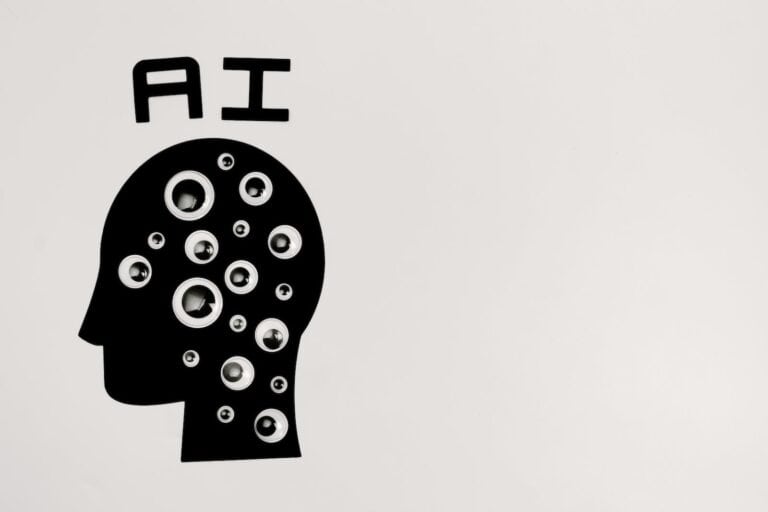Google’s Gemini AI continues to evolve as one of the world’s most advanced multimodal AI systems — powering everything from Android devices and Pixel phones to Google Workspace, Education, and Cloud services.
As of late 2025, Google has expanded Gemini into a complete AI ecosystem, integrating it across products, industries, and developer platforms.
🌐 What Is Gemini AI?
Gemini is Google DeepMind’s family of multimodal AI models, designed to understand and generate text, code, images, audio, and video.
It’s the successor to Bard and PaLM 2, now the backbone of Google’s AI ecosystem.
The models range from lightweight mobile versions to large enterprise-grade models hosted on Vertex AI and Google Cloud.
🚀 Latest Versions (as of October 2025)
| Model | Description | Release Highlights |
|---|---|---|
| Gemini 1.5 Pro | Flagship multimodal model | Extended context window (up to 2 million tokens) for long documents, codebases, and videos |
| Gemini 1.5 Flash | Optimized for speed and cost | Used in real-time applications like chat, summarization, and translation |
| Gemini 2 (in testing) | Next-gen model expected late 2025 | Focused on reasoning, planning, and agentic behavior |
| Gemini Nano 2 (on-device) | Built into Pixel 10 and Android 15 | Enables offline AI for summarization, smart replies, and creative tools |
Source: Google Cloud Blog – Gemini Updates (2025)
📱 Gemini Across Google Products
🔹 1. Gemini App (Standalone)
- Available on Android and iOS via the Google Gemini app (formerly Bard).
- Supports text, voice, and image inputs.
- Can generate text, brainstorm ideas, summarize documents, and even create images.
- Integrated with Google Workspace tools like Docs, Sheets, and Gmail.
👉 Try it at gemini.google.com.
Source: Gemini Apps Updates
🔹 2. Gemini in Pixel 10 and Pixel 10 Pro
- The Pixel 10 series (2025) features on-device Gemini Nano 2, offering:
- Smart Compose and contextual replies in messaging apps
- AI photo editing and scene generation
- Offline summarization for notes and web pages
- Gemini also powers NotebookLM 2.0 and Google Flow, new AI productivity apps that learn from your workflow.
Source: Google Store – Pixel 10 Series
🔹 3. Gemini for Education
Google for Education now includes Gemini for Education, a tailored AI assistant for teachers and students.
It helps with:
- Lesson planning and content creation
- Summarizing readings and research
- Generating quizzes and study materials
- Supporting multimodal learning (text, images, voice)
Source: Google for Education – Gemini for Education
🔹 4. Gemini in Google Cloud (Vertex AI)
Developers and enterprises can now build and deploy custom AI solutions using Gemini models on Vertex AI:
- Gemini 1.5 Pro and Flash available via API
- Auto-updated aliases ensure apps always use the latest stable model
- Tools for fine-tuning, embedding, and multimodal pipelines
Source: Vertex AI – Model Versions and Lifecycle
🧠 Key Features and Capabilities (2025 Updates)
- Massive Context Length
- Gemini 1.5 Pro supports up to 2 million tokens, allowing it to handle full books, long videos, or complex datasets.
- True Multimodality
- Understands and generates text, code, audio, and images in a single conversation.
- On-Device AI (Gemini Nano 2)
- Enables privacy-preserving AI on smartphones and tablets — no cloud connection required.
- Advanced Reasoning and Memory
- Gemini 2 (preview) introduces persistent memory for personalized, contextual interactions.
- AI Agents and Workflow Automation
- Gemini integrates with Google Workspace, Calendar, Drive, and Gmail, enabling task automation like scheduling, drafting, and summarizing.
🧩 Developer Ecosystem
- Gemini API available through Google AI Studio and Vertex AI.
- Supports:
- Text, image, and code generation
- Multimodal input/output
- Integration with Python, JavaScript, and REST APIs
- Developers can fine-tune or embed Gemini into their own apps and chatbots.
Learn more: Google AI Studio
🔒 Privacy and Safety
Google emphasizes responsible AI with Gemini:
- Built-in safety classifiers for harmful or biased content
- Data minimization and user control over stored interactions
- Transparency reports via the Google DeepMind Responsibility Center
🔮 What’s Next: Gemini 2 and Beyond
Google is preparing to launch Gemini 2 by late 2025 or early 2026.
Expected improvements include:
- Enhanced reasoning and planning (AI agents that can perform multi-step tasks)
- Deeper integration with Android and ChromeOS
- Expanded multimodal capabilities (video understanding and 3D generation)
- Enterprise-grade AI copilots for coding, design, and analytics
🏁 Summary
| Feature | Gemini 1.5 | Gemini 2 (Preview) |
|---|---|---|
| Context Length | Up to 2M tokens | 10M+ (expected) |
| Modalities | Text, code, image, audio | Text, image, audio, video, 3D |
| Platforms | Cloud, mobile, education | Cloud + on-device |
| Focus | Multimodal understanding | Reasoning, agents, personalization |
✅ In Summary
As of October 2025, Google Gemini represents the most advanced and integrated AI ecosystem in the world — spanning:
- Consumer tools (Gemini app, Pixel 10, Android 15)
- Education and productivity (Workspace, Classroom)
- Enterprise AI (Vertex AI, Cloud APIs)
With Gemini 2 on the horizon, Google is positioning its AI as a unified assistant capable of understanding the world — and working alongside users across every device and platform.
Sources:



